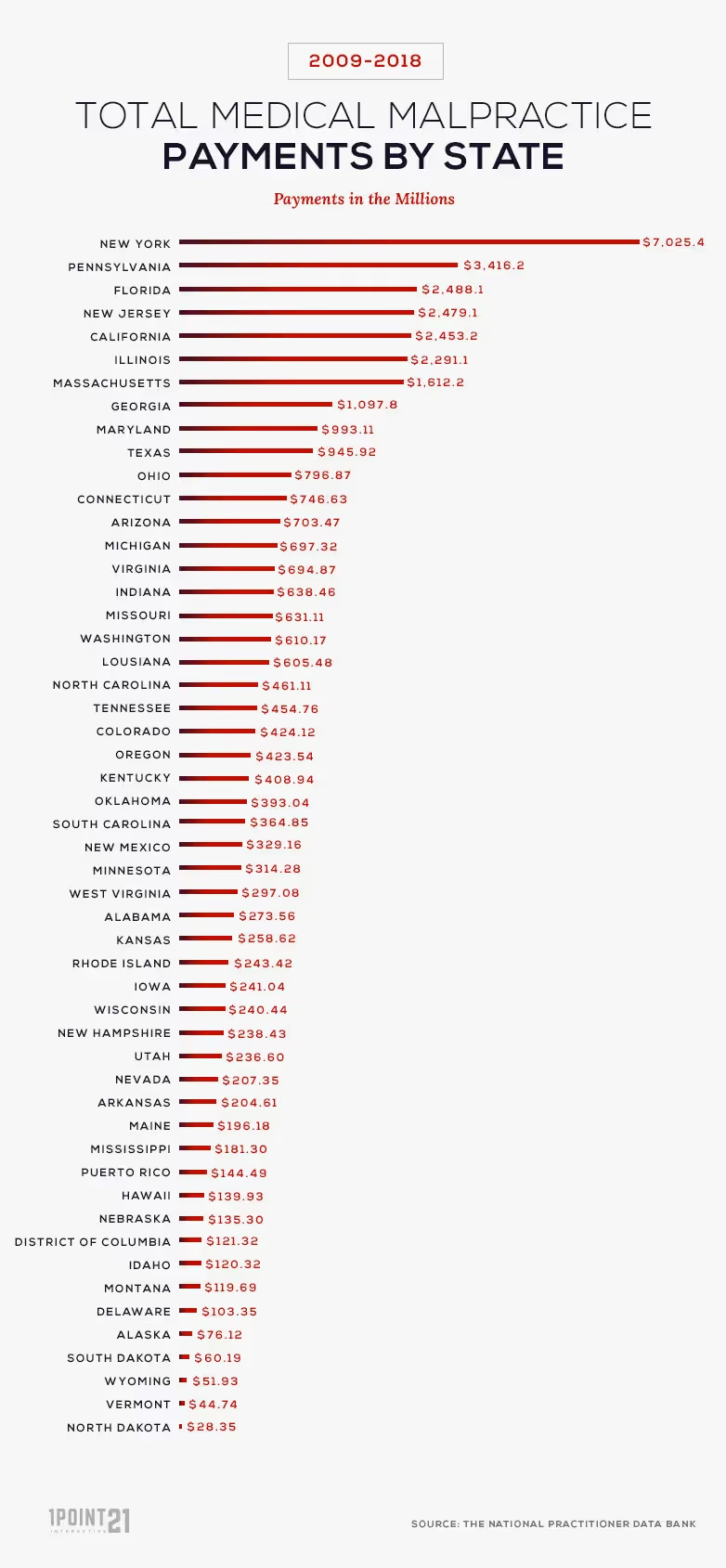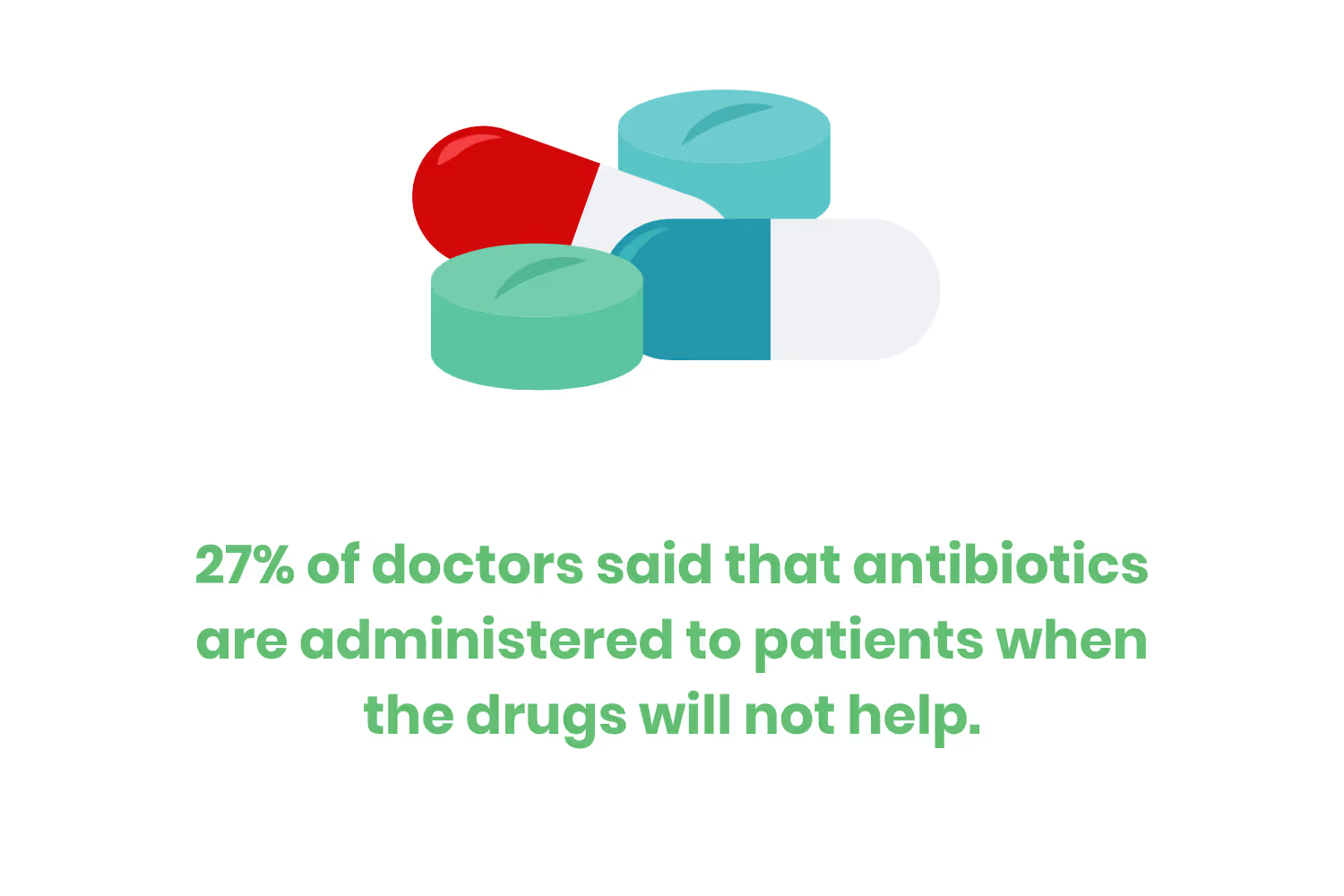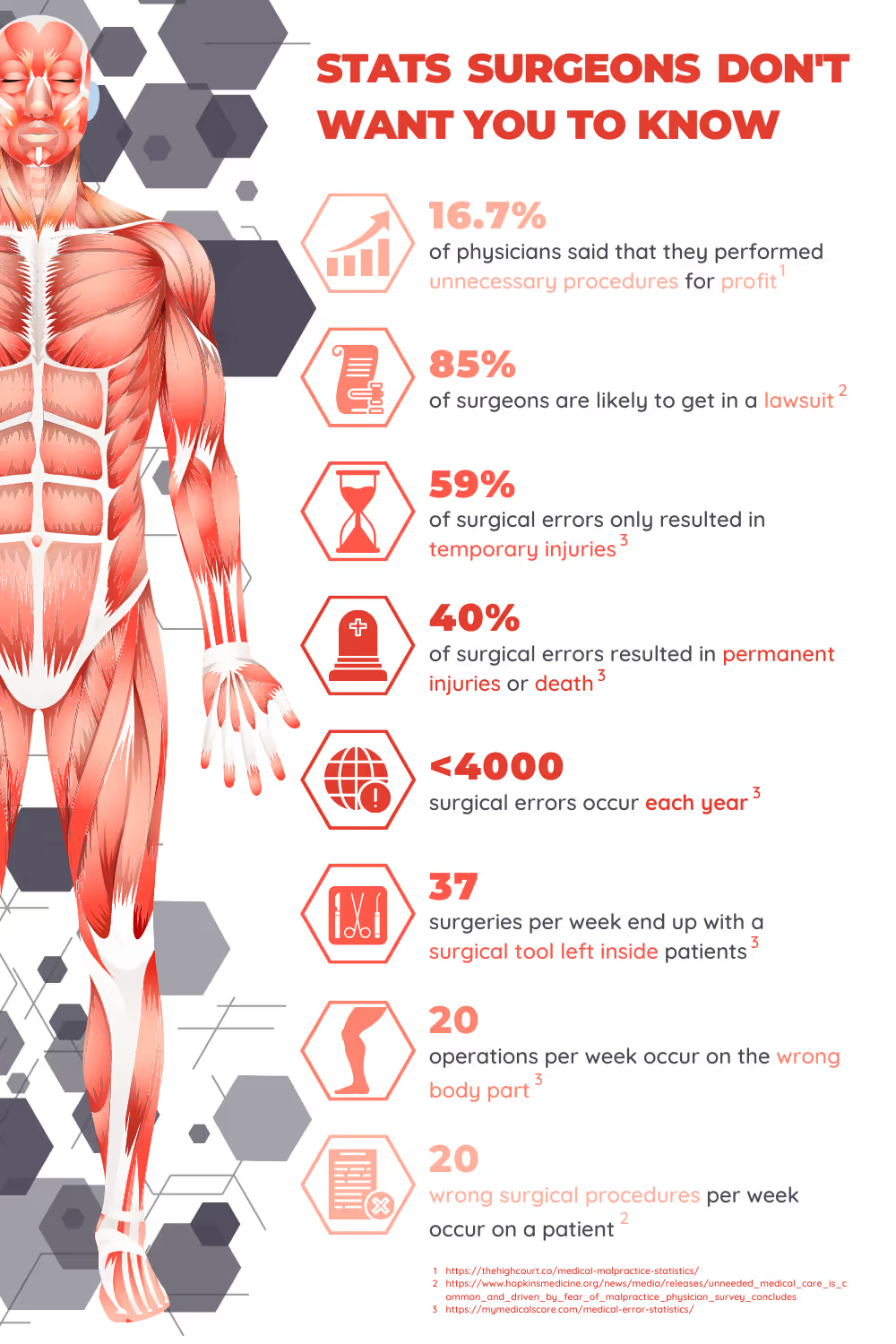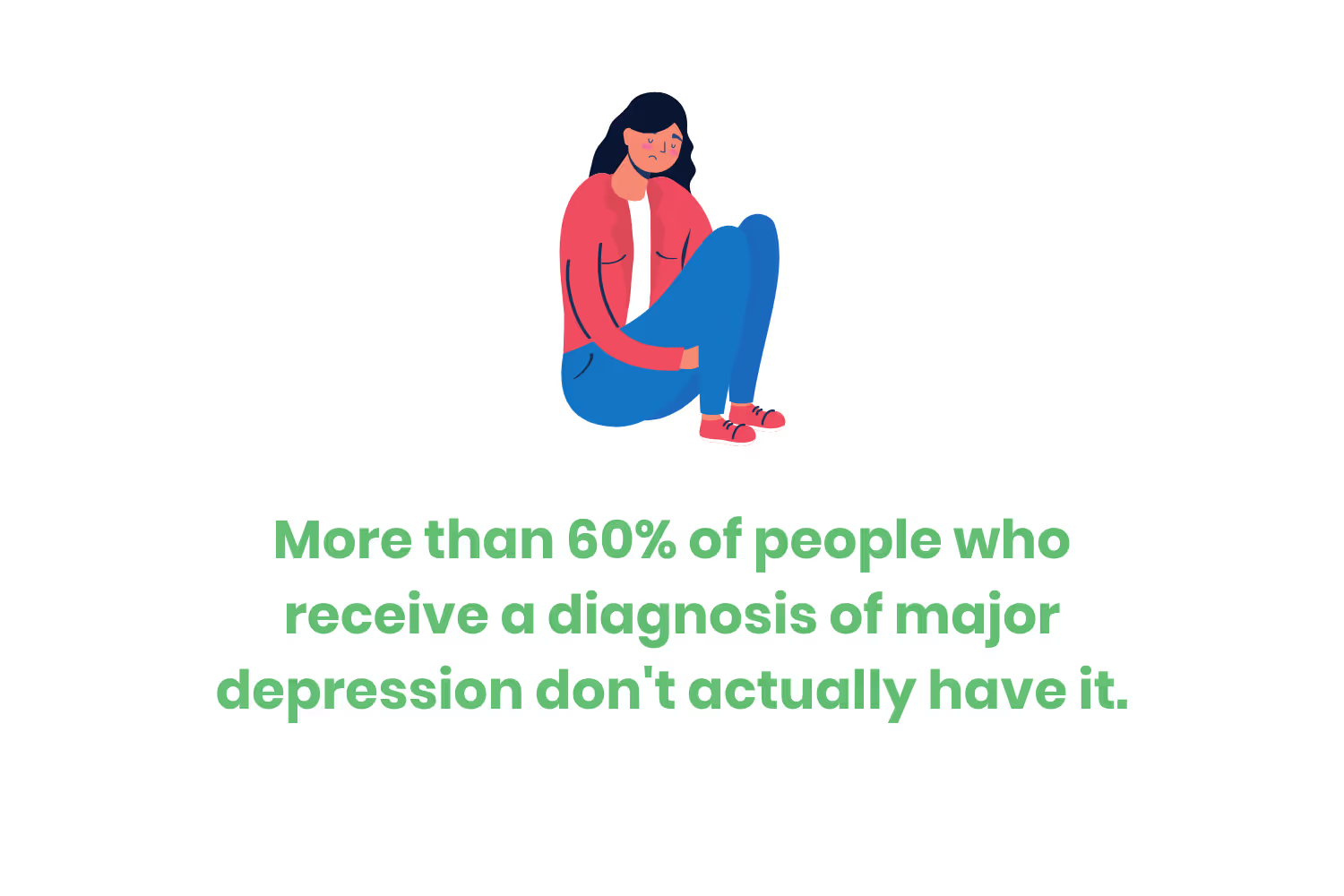40+ Jaw-Dropping Medical Malpractice Statistics
Medical malpractice happens more often than most might think and when it does, it’s not a “cried wolf” scenario. Here are over 40 statistics about medical malpractice.

Medical malpractice happens more often than most might think and when it does, it’s not a “cried wolf” scenario.
Doctors do make mistakes, but sometimes the actions classified as malpractice are intentionally taken.
Naive, inexperienced, and/or simply bad physicians, unfortunately, exist in all fields of medicine. Whether they’re a surgeon, psychologist, primary care physician, or therapist, malpractice can occur across any specialist role.
The result can lead to permanent injury and even death. The consequences can be severe and victims often have no choice but to take legal action.
Here are over 40 statistics about medical malpractice.
General Malpractice
Malpractice can occur in many forms across different segments of the healthcare industry.
To get a true understanding though, you need to look at healthcare as a whole.
You should probably start with the reputation of the doctor in question. Maybe previous patients have sued that doctor in the past. Maybe they have a high rate of misdiagnosis or other medical errors.
From nursing homes to outpatient therapy, billing errors to misprescribing, malpractice can happen anywhere.

- The average person who files medical malpractice claims is 42 years old. (University of California)
- 10% of all U.S. deaths are now due to medical error. (Johns Hopkins)
- 99% of physicians face at least one lawsuit by age 65. (New England Journal of Medicine)
- New York had the highest amount of medical malpractice in the US (16,688 reports) from 2009 to 2018. (NPDB)
- North Dakota had the lowest amount of medical malpractice in the US. (126 reports) (NPDB)
- 37% of malpractice claims reviewed resulted in payments (The Doctors Company)
- It’s estimated that 7,000 to 9,000 patients die every year from medication errors. (My Medical Score)
- 5-10% of all physicians have had sexual contact with patients. (American Medical Association)
Medical Overuse
Many people agree that doctors tend to overprescribe medicines. There have been countless stories that link the opioid pandemic to overprescribing.
Patients are often given too much medicine that ends up doing more harm than good.
As a result, the overuse of medical practices can lead to medical malpractice. If a patient receives tests, treatment, and medication that they don’t need, the patient will most likely have unnecessary expenses.

- 15-30% of 2000 physicians surveyed in a study believe most medical care is not needed. (Johns Hopkins)
- 22% of prescription medications are unnecessary
- 24.9% of medical tests do not need to happen
- 11.1% of procedures do not need to take place
- 30% of outpatient antibiotic prescriptions are unnecessary. (CDC)
- 20% to 50% of antibiotics prescribed in US acute-care hospitals are unnecessary or inappropriate. (CDC)
- 27% of doctors say that patients receive antibiotics when drugs won’t help. (WebMD)
Medical Misdiagnosis
So maybe you have certain symptoms that are easily confused between those of several different issues. As a result, your doctor misdiagnoses you and gives you medicine that you don’t actually need. But does that count as medical malpractice?
As with most situations in healthcare, it depends.
Misdiagnosis can lead to surgeries you don’t need, medicines that negatively affect your health, and treatment that can lead to permanent damage. In severe cases, medical malpractice that involves misdiagnoses can lead to death.

- Roughly 12,000,000 American misdiagnoses happen each year (My Medical Score)
- Over more than 100,000 Americans die or are permanently disabled each year due to medical diagnoses that initially miss conditions or are wrong or delayed. (Johns Hopkins)
- Nearly ¾ of all serious harms from diagnostic errors occur around vascular events, infections and cancers. (Johns Hopkins)
- 37.8% are cancers
- 22.8% are vascular events
- 13.5% are infections
- 21% of patients receive an outright wrong diagnosis on their first visit to a doctor. (Mayo Clinic)
- 66% of patients get a diagnosis that may be on the right track but isn’t quite accurate or complete. (Mayo Clinic)
- 12% of all patients who seek second opinions end up with the same diagnosis they started with. (Mayo Clinic)
- 22% of malpractice claims filed by hospitalized patients were diagnosis-related. (University of Michigan)
- 38% of malpractice claims against physicians involving the treatment of children involved a misdiagnosis. (The Doctors Company)
- Around 5% of outpatients receive misdiagnosis. (BMJ Journal)
Surgical Malpractice
Any kind of surgery can be terrifying. That's why you should always ask questions before giving consent for surgery.
When medical malpractice happens during surgery, feelings of confusion overwhelm patients.
They may feel that their doctors abused their trust. Not to mention they could also be in serious pain if something during the operation went wrong.
From the patient perspective, they should arm themselves with knowledge in case something goes wrong.

- 85% of surgeons are likely to get into a lawsuit (The High Court)
- About 16.7% of 2000 physicians surveyed said that they performed unnecessary procedures for profit (John Hopkins)
- A little more than 4,000 surgical errors occur each year (My Medical Score)
- 39 surgeries per week end up with a surgical tool, like a sponge, left inside patients
- 20 operations per week occur on the wrong body part
- 20 wrong surgical procedures occur on a patient per week
- 59% of surgical errors only resulted in temporary injuries (My Medical Score)
- 40% of surgical errors resulted in permanent injuries or death (My Medical Score)
Mental Health Malpractice
There are many myths surrounding mental health but medical malpractice isn’t one of them.
Surgery usually can’t fix mental health issues.
Diagnosis can really only occur through the evaluation of symptoms, and many mental health issues have similar symptoms. This is especially true for children.
If doctors overprescribe opioids and antibiotics, it’s safe to say that that carries into mental health. Doctors also prescribe medicines that don’t actually help the illness, so naturally, this can happen in the mental health world as well.

- 41% of US psychiatrists faced a malpractice lawsuit at least once (Medscape)
- ⅓ of psychiatrists managing their legal risk between 2015 and 2016 had claims involving incorrect treatment. (Sommers Schwartz)
- 20% were for medication issues
- 15% involved suicides or suicide attempts
- 6% percent were for misdiagnosis.
- More than 60% of people who receive a diagnosis of major depression don’t actually have it (Johns Hopkins)
- Of 706 people surveyed, only 15% received a prompt diagnosis, while 85% experienced diagnostic delay (Bridges to Recovery)
- Among the 85% delayed, 71% said that their symptoms had become worse as a result of receiving inappropriate treatment
- 47.3% of 50,000 patients were correctly identified with depression by general practitioners (Bridges to Recovery)
- A 2008 study found that 57% of adults diagnosed with bipolar disorder did not meet diagnostic criteria upon more comprehensive diagnostic review. (Brown University School of Medicine)
Conclusion
Anyone can have a lapse of judgment. We’re all human.
Medical malpractice has occurred since the existence of medicine. It's not a new concept or occurrence, but unfortunately, it’s not going to disappear any time soon.
Luckily, we live in a world where technology can reduce the chance of malpractice and can record proof if it occurs. We have lawyers that can help us fight legal battles if surgery occurs on the wrong leg, if prescriptions happen without a valid reason, or if malpractice leads to permanent injury or death.
The best way to protect yourself is to ask your doctor questions, read all of the fine print in the consent forms, and always get a second opinion.=
Emphasize your product's unique features or benefits to differentiate it from competitors
In nec dictum adipiscing pharetra enim etiam scelerisque dolor purus ipsum egestas cursus vulputate arcu egestas ut eu sed mollis consectetur mattis pharetra curabitur et maecenas in mattis fames consectetur ipsum quis risus mauris aliquam ornare nisl purus at ipsum nulla accumsan consectetur vestibulum suspendisse aliquam condimentum scelerisque lacinia pellentesque vestibulum condimentum turpis ligula pharetra dictum sapien facilisis sapien at sagittis et cursus congue.
- Pharetra curabitur et maecenas in mattis fames consectetur ipsum quis risus.
- Justo urna nisi auctor consequat consectetur dolor lectus blandit.
- Eget egestas volutpat lacinia vestibulum vitae mattis hendrerit.
- Ornare elit odio tellus orci bibendum dictum id sem congue enim amet diam.
Incorporate statistics or specific numbers to highlight the effectiveness or popularity of your offering
Convallis pellentesque ullamcorper sapien sed tristique fermentum proin amet quam tincidunt feugiat vitae neque quisque odio ut pellentesque ac mauris eget lectus. Pretium arcu turpis lacus sapien sit at eu sapien duis magna nunc nibh nam non ut nibh ultrices ultrices elementum egestas enim nisl sed cursus pellentesque sit dignissim enim euismod sit et convallis sed pelis viverra quam at nisl sit pharetra enim nisl nec vestibulum posuere in volutpat sed blandit neque risus.

Use time-sensitive language to encourage immediate action, such as "Limited Time Offer
Feugiat vitae neque quisque odio ut pellentesque ac mauris eget lectus. Pretium arcu turpis lacus sapien sit at eu sapien duis magna nunc nibh nam non ut nibh ultrices ultrices elementum egestas enim nisl sed cursus pellentesque sit dignissim enim euismod sit et convallis sed pelis viverra quam at nisl sit pharetra enim nisl nec vestibulum posuere in volutpat sed blandit neque risus.
- Pharetra curabitur et maecenas in mattis fames consectetur ipsum quis risus.
- Justo urna nisi auctor consequat consectetur dolor lectus blandit.
- Eget egestas volutpat lacinia vestibulum vitae mattis hendrerit.
- Ornare elit odio tellus orci bibendum dictum id sem congue enim amet diam.
Address customer pain points directly by showing how your product solves their problems
Feugiat vitae neque quisque odio ut pellentesque ac mauris eget lectus. Pretium arcu turpis lacus sapien sit at eu sapien duis magna nunc nibh nam non ut nibh ultrices ultrices elementum egestas enim nisl sed cursus pellentesque sit dignissim enim euismod sit et convallis sed pelis viverra quam at nisl sit pharetra enim nisl nec vestibulum posuere in volutpat sed blandit neque risus.
Vel etiam vel amet aenean eget in habitasse nunc duis tellus sem turpis risus aliquam ac volutpat tellus eu faucibus ullamcorper.
Tailor titles to your ideal customer segment using phrases like "Designed for Busy Professionals
Sed pretium id nibh id sit felis vitae volutpat volutpat adipiscing at sodales neque lectus mi phasellus commodo at elit suspendisse ornare faucibus lectus purus viverra in nec aliquet commodo et sed sed nisi tempor mi pellentesque arcu viverra pretium duis enim vulputate dignissim etiam ultrices vitae neque urna proin nibh diam turpis augue lacus.




